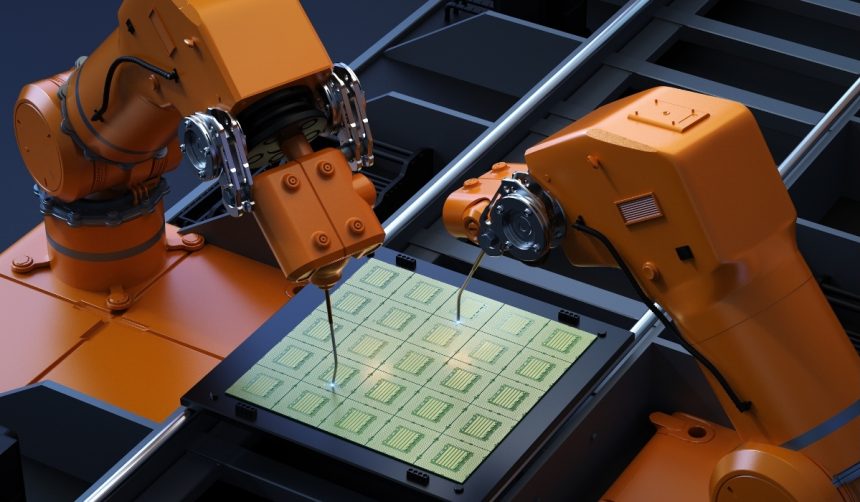In a step reflecting the growing focus on autonomous urban mobility, Zoox has intensified efforts to deliver large-scale robotaxi manufacturing capabilities. The company, acquired by Amazon, chose to establish its serial production facility in Hayward, California, as it seeks to distinguish itself in the self-driving vehicle market. With a vehicle built specifically for autonomous operation — lacking conventional features such as steering wheels and pedals — Zoox aims squarely at optimizing passenger experience. Industry watchers note that the new assembly line model represents more than just a production upgrade; it shows Zoox’s commitment to gaining complete oversight over manufacturing processes in a field characterized by rapid engineering changes and a strong push for reliability.
Other firms such as Tesla and Waymo have, at various times, taken different paths to manufacturing and scaling autonomous vehicles. For Zoox, control over the entire production process is more pronounced compared to companies that typically rely on major OEM partnerships. Over the last several years, news coverage about Zoox focused on regulatory challenges and prototype launches rather than on mature production readiness. The recent implementation of custom manufacturing and integrated diagnostics represents a more systematic approach compared to piecemeal assembly methods that characterized early industry efforts.
How Does Zoox’s Production Process Stand Out?
Zoox integrates both hardware and software assembly within its Hayward facility, leveraging intensive diagnostics at every stage. Unlike standard automotive lines, which conduct electrical diagnostics late in the assembly process, Zoox powers up its vehicles at much earlier stages to identify issues rapidly.
“For us, it’s exactly the opposite way around. We try to power up very early so that we can start testing and find issues as they happen,”
explained Michael Lemperle, senior director of manufacturing engineering and general assembly at Zoox. The facility also serves as a hub for component storage, final testing, and shipping logistics, ensuring workflow cohesion.
What Role Does Automation Play in Assembly?
Automation is deployed strategically throughout the assembly line. While human operators handle tasks requiring agility and judgment, repetitive functions such as urethane dispensing for glass installation are performed by robots. Automated guided vehicles (AGVs) have also been adopted, substantially reducing infrastructure modifications and streamlining internal logistics.
“A great example for this is, we use [automation] for all of the urethane dispensing that we do to glue in glass or other panels. The repetition and continuity that a robot can produce, you can’t train a human to get to that point,”
Lemperle noted, highlighting the balance Zoox seeks between flexibility and repeatability.
Can the Facility Support Rapid Expansion?
Scalability remains a primary consideration as Zoox transitions from prototype builds to higher production volumes. The company anticipates the production of more than 10,000 robotaxis annually at the current site. This requires efficient processes not only for assembly but also for maintenance and servicing, ensuring vehicles return to operation swiftly. Zoox has designed its vehicles with modularity, enabling quicker repairs and system swaps, aiming to minimize downtime for fleet vehicles that accrue high mileage.
Retaining most manufacturing functions in-house positions Zoox for close collaboration between engineering, software, and production teams. This interconnected structure supports rapid iteration and quality control as Zoox refines its robotaxi systems. At the same time, the company continues assessing which manufacturing tasks might be better handled by external suppliers moving forward, reflecting a pragmatic approach to balancing control and scalability.
Zoox’s serial production facility represents both a technical and strategic step for the company. Unlike startups that faced major delays shifting from prototypes to commercial fleets, Zoox’s integrated diagnostics and modular vehicle design may offer advantages in reliability and operational uptime. For businesses and urban planners considering autonomous mobility solutions, understanding Zoox’s approach can offer practical insight into assembling, testing, and deploying AVs at scale. When monitoring technological adoption, it is worthwhile to follow how companies adjust the degree of production automation and in-house expertise, as those choices impact cost structures, deployment speed, and service flexibility.
- Zoox established a custom robotaxi production facility in California.
- Early-stage diagnostics and automation feature strongly in Zoox’s assembly process.
- Modular vehicle design aims to speed up future large-scale deployment and servicing.










